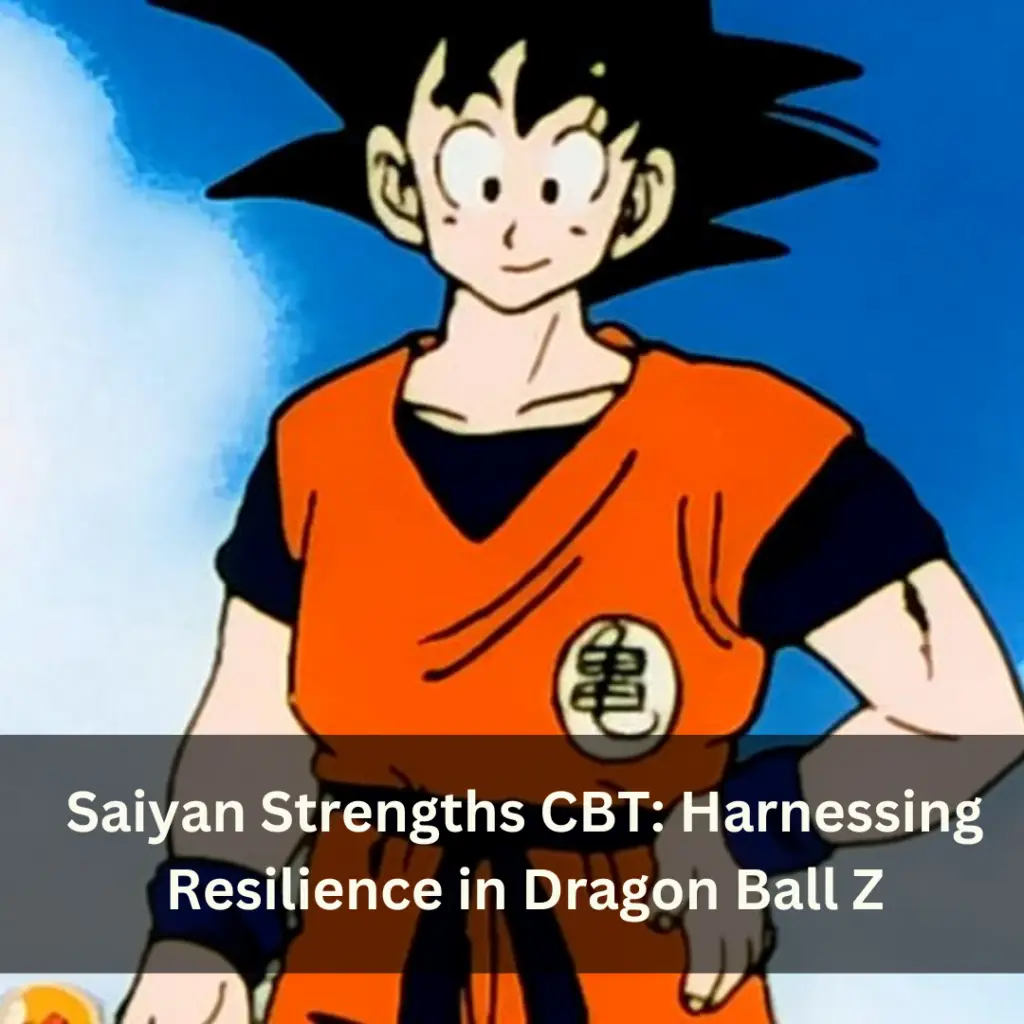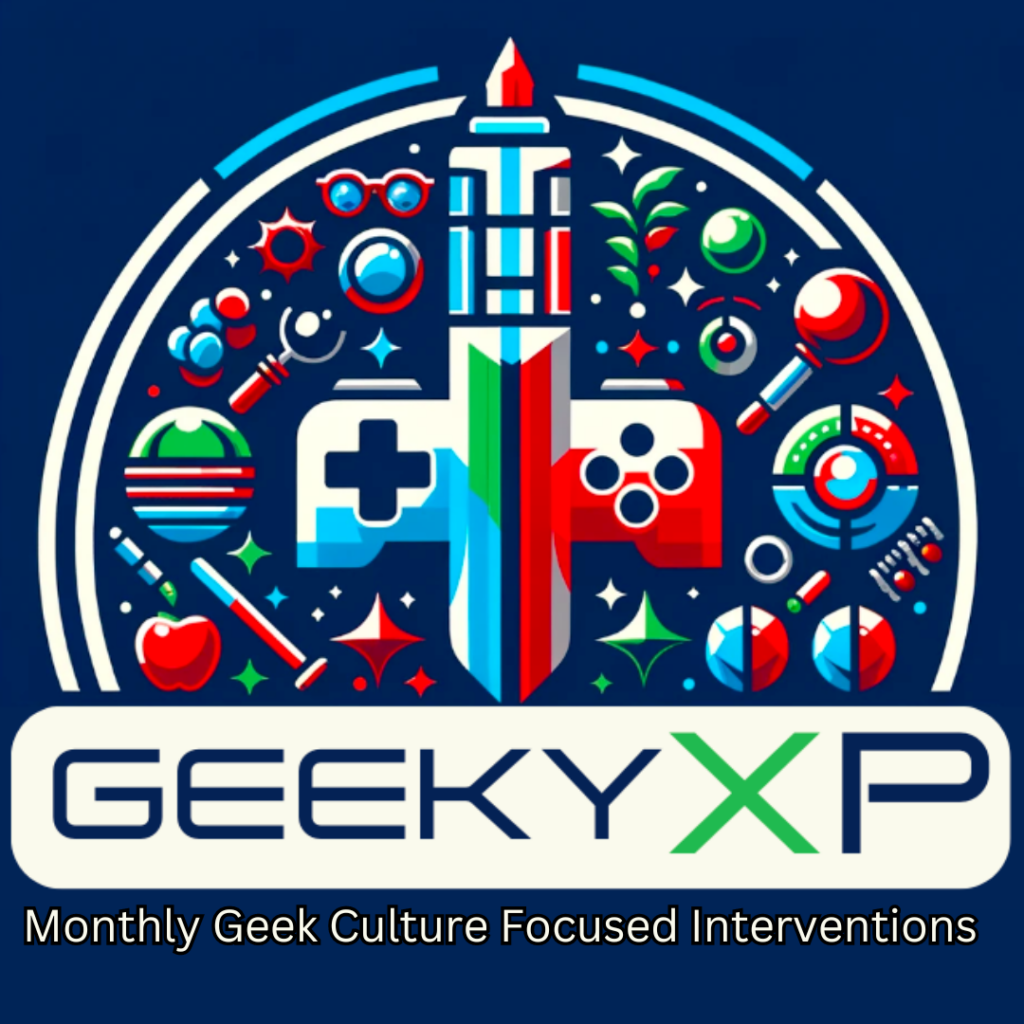
Cognitive Behavioral Therapy (CBT) Through the Lens of "Dragon Ball Z"
Introduction to CBT:
Cognitive Behavioral Therapy is a form of psychotherapy that treats problems by modifying dysfunctional emotions, behaviors, and thoughts. It emphasizes the importance of thinking in how we feel and what we do, and it is based on the belief that thoughts, rather than external events, affect our feelings and behaviors.
Connecting CBT to "Dragon Ball Z":
The characters in "Dragon Ball Z," particularly Goku, face numerous adversaries and challenges that test their limits. These situations can be used to teach how thoughts and beliefs influence our emotional and behavioral responses—key components of CBT.
Steps in the Intervention
- Identifying Negative Thoughts:
- Use scenarios from "Dragon Ball Z" where characters doubt their abilities or feel overwhelmed by their opponents. These moments can help clients identify similar negative thoughts in their own lives and analyze their impact.
- Challenging Dysfunctional Thoughts:
- Drawing parallels with the characters’ moments of self-doubt followed by shifts in perspective (like Goku finding strength in his friendships and sense of purpose), guide clients in challenging their own irrational or negative thoughts using techniques like evidence testing and cognitive restructuring.
- Behavioral Experiments:
- Similar to how characters test new strategies in battles, clients can be encouraged to conduct behavioral experiments to test the validity of their beliefs and fears in real-world settings. This might involve facing a feared situation to see if the outcome is as negative as anticipated.
- Developing Coping Skills:
- Inspired by the training sessions the characters undergo to prepare for battles, clients can learn and practice skills to manage anxiety, such as deep breathing, relaxation techniques, and mindfulness.
- Building Resilience:
- Use the ongoing theme of persistence in "Dragon Ball Z" to motivate clients to persevere through their therapeutic journey. Discuss how each character grows stronger through their trials and how clients can similarly grow through their experiences.
- Role Play and Simulation:
- Incorporate role-play or simulation exercises where clients can act out both challenging and successful interactions, drawing on character scenarios from the show. This can enhance their ability to apply CBT techniques in real life.
- Enhancing Self-Efficacy:
- Emphasize the development of self-efficacy through the characters’ journey, particularly focusing on how they overcome seemingly insurmountable odds. Relate this back to the client’s ability to overcome their personal challenges.
Conclusion
By using "Dragon Ball Z" as a framework for CBT, therapists can make therapy engaging and relatable, especially for clients who are fans of the show. This approach allows clients to visualize their problems and solutions through the vicarious experiences of beloved characters, thus enhancing the therapeutic process by making abstract concepts tangible and motivational.


